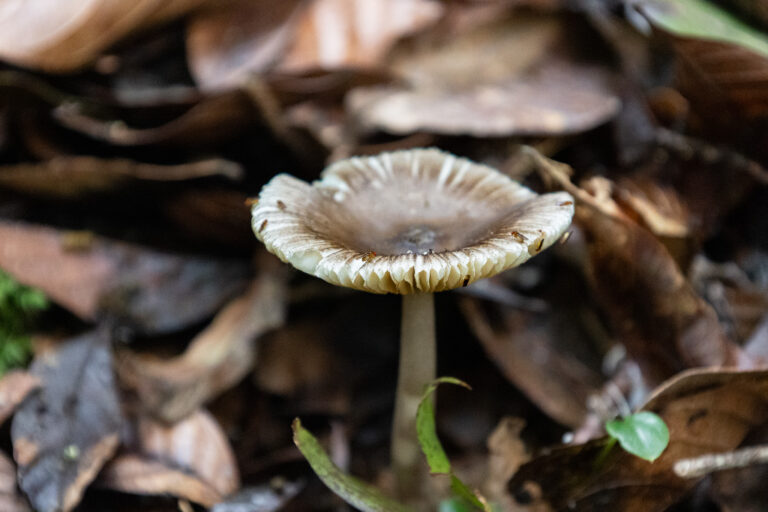- cross-posted to:
- mycology
- cross-posted to:
- mycology
cross-posted from: https://hexbear.net/post/3466560
by Sofia Moutinho
- Mycorrhizal fungi live in symbiosis with plants, providing them with nutrients necessary to thrive and potentially playing a key part in preserving threatened species.
- Although research into mycorrhizae has so far been sparse in Latin America, efforts are gaining momentum, with experts studying how the fungi could help save the Colombian black oak, an endangered, endemic species.
- In Huila, Colombia, local communities are successfully working with researchers on a black oak restoration project using seeds “inoculated” with fungi.
“All this forest above us, and we are here looking down,” says Corrales, a fungi ecologist and expedition leader at the Society for the Protection of Underground Networks (SPUN), a nonprofit research organization mapping fungi worldwide. For the last two years, the group has been searching in Colombia’s black oak forests for mycorrhizae, a type of fungi that establishes a unique symbiosis with plants that’s fundamental to keeping forests alive.
Most plants worldwide are associated with these fungi. Mycorrhizae grow around roots, forming vast networks of thin, cotton-like filaments that extend into the lower soil levels and reach the litter fall. Through this system, the fungi can break down organic matter, such as dry leaves, and even mine minerals in rocks and deliver water and essential nutrients directly to plants’ roots. In return, the roots provide the fungi with sugars, essential for their survival.


